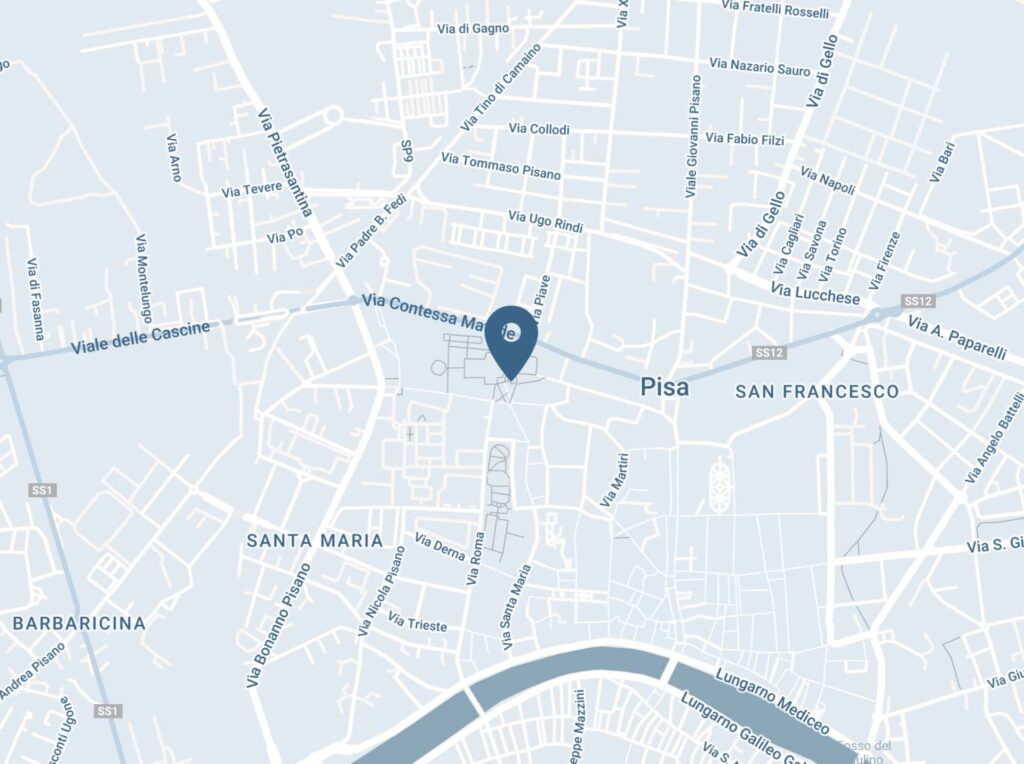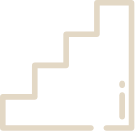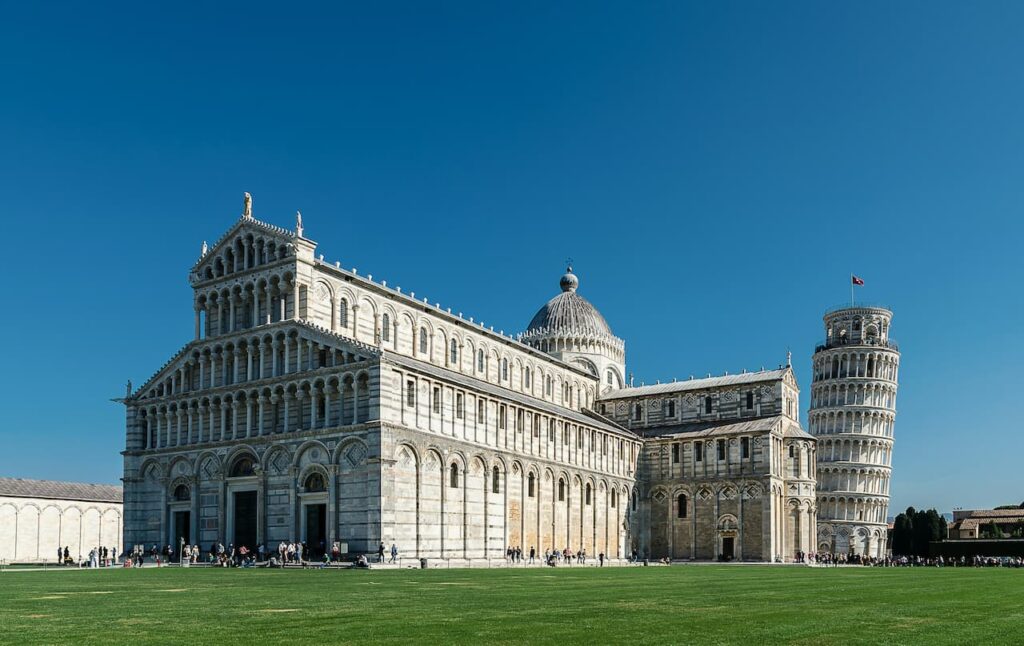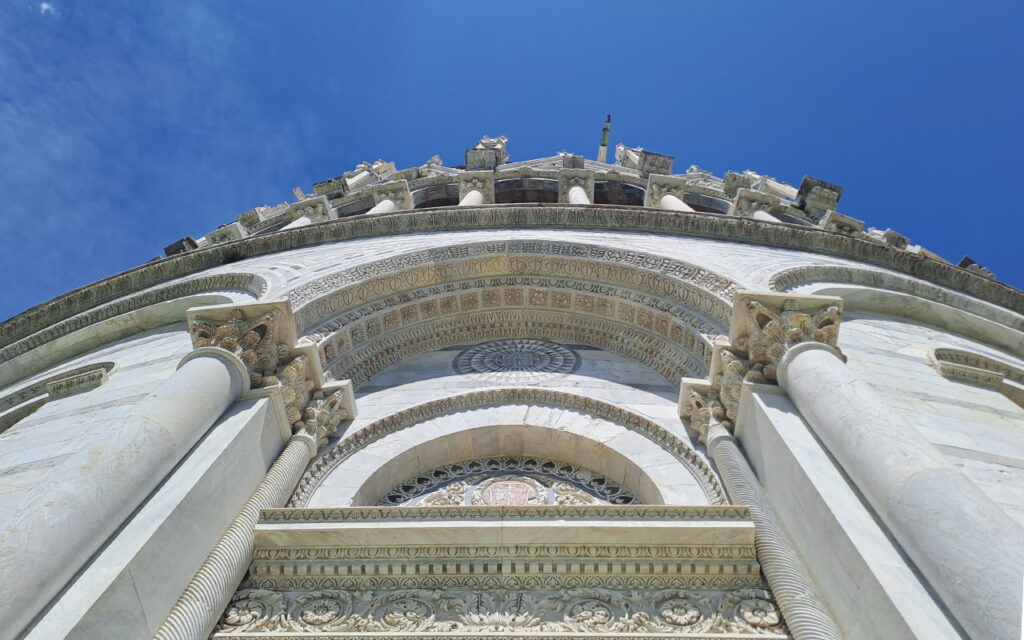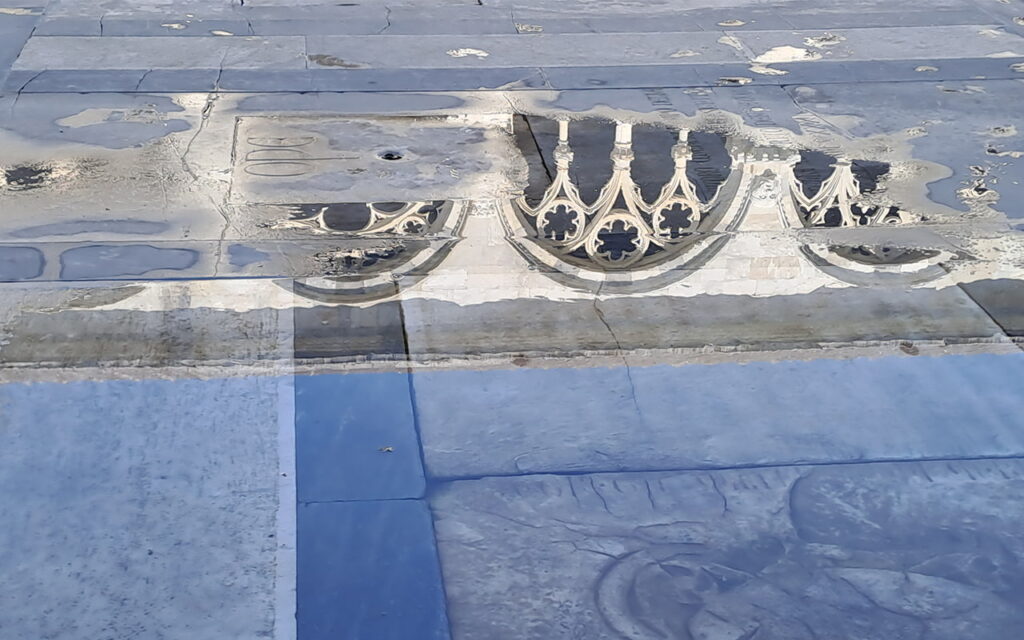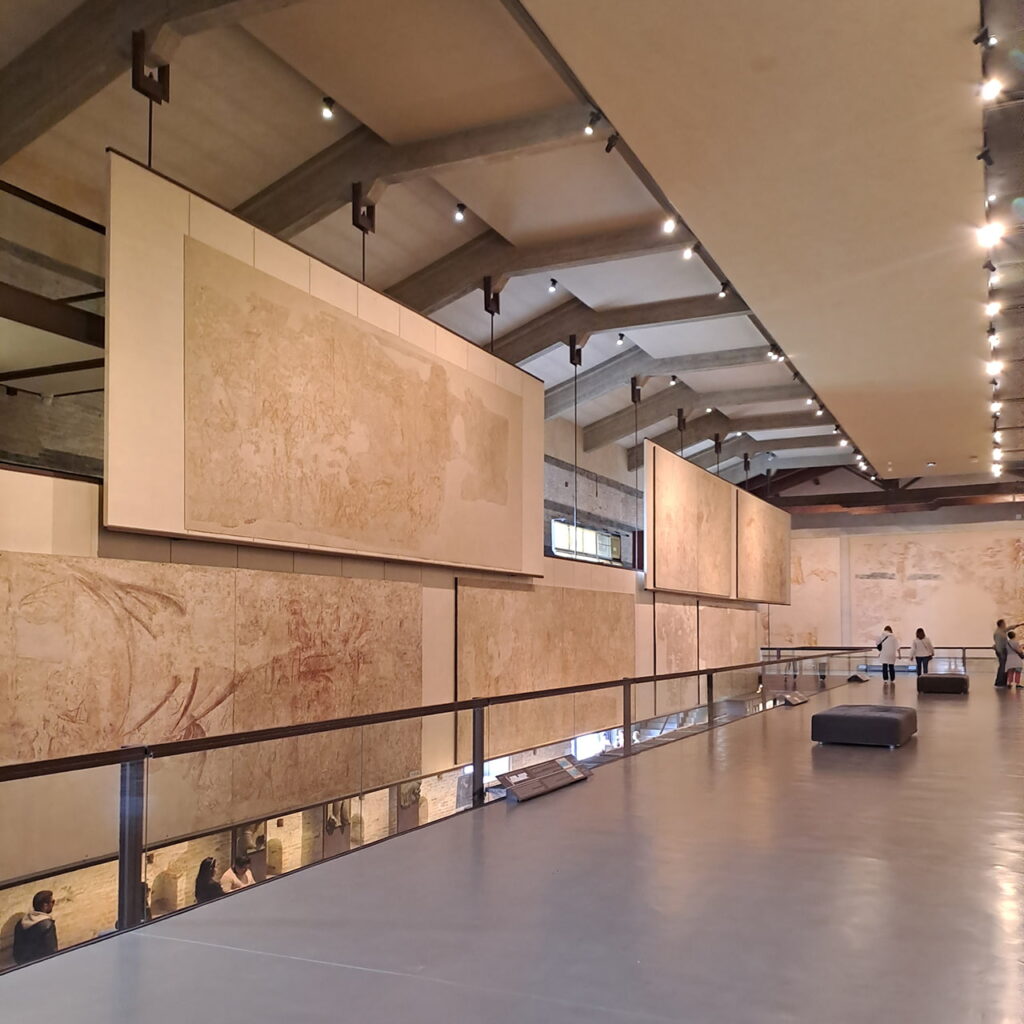Welcome to the portal dedicated to the famous Tower of Pisa.
Discover all the details regarding this architectural marvel, from its thousand-year history to practical information for your visit.
The Tower of Pisa
Tower of Pisa: history in brief
The history of the Tower of Pisa has its roots in the 12th century, when its construction began under the direction of architect Bonanno Pisano.
However, due to ground subsidence during the initial phase of construction, the tower began to tilt, giving rise to its characteristic slope. Nevertheless, work continued, and today the tower has become a worldwide icon of human tenacity and architectural ingenuity.
Visit the Leaning Tower
Prepare your trip to discover the majesty of the Tower of Pisa up close. Book your guided tour now to explore the tower’s interior and enjoy a breathtaking view from its top.
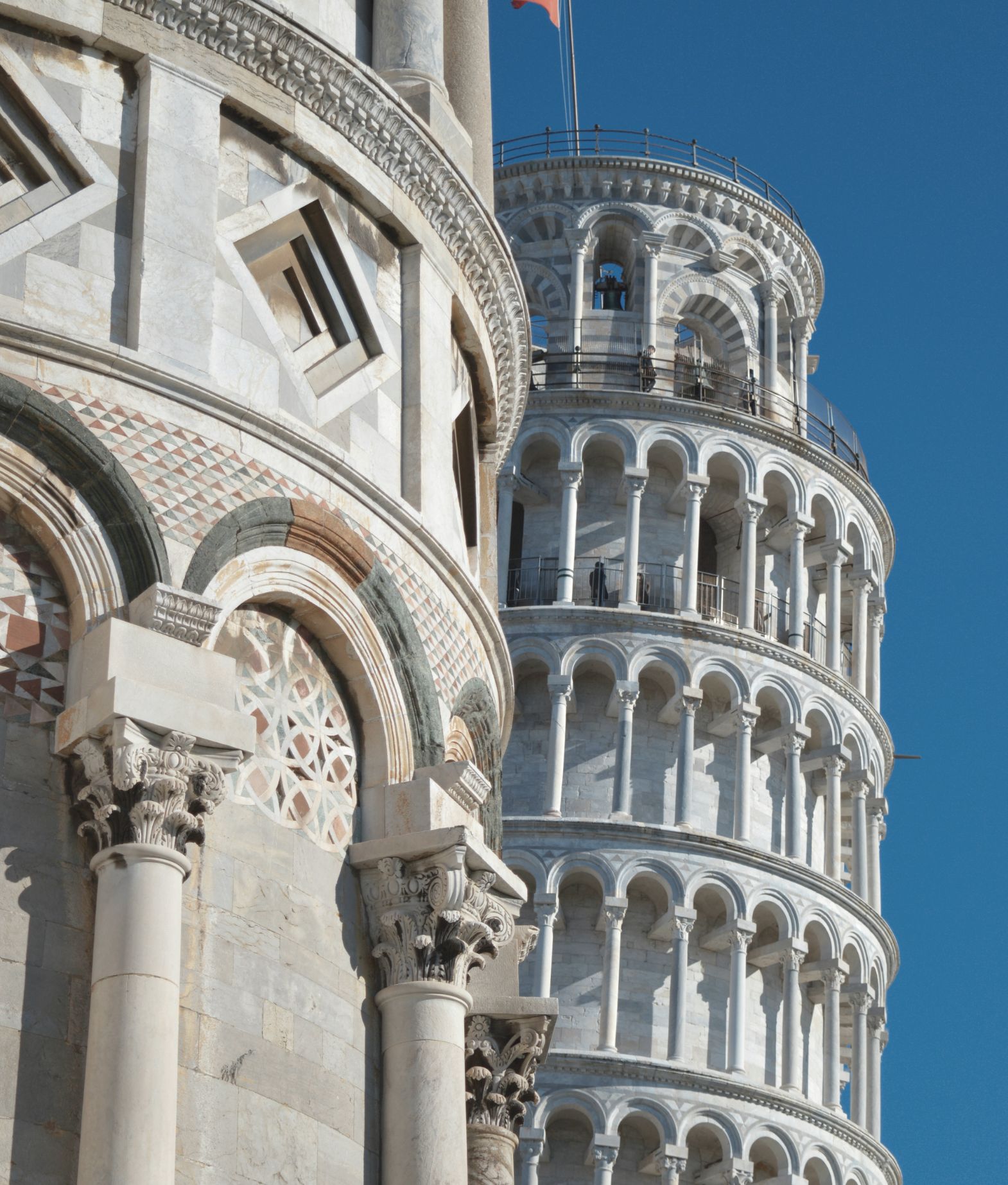

Opening Hours
The Tower of Pisa is open to the public daily, Monday through Sunday. The Campanile opens at 9 a.m., while closing times vary depending on the season. Last admission is 30 minutes before closing.
The best time to visit is when there are fewer tourists, i.e., early morning, lunchtime (between 1 and 2 p.m.), or late afternoon.
Where the Tower of Pisa is located
The Tower of Pisa stands imposingly in the heart of Piazza dei Miracoli in the historic center of the city of Pisa, Italy. Immerse yourself in the magical atmosphere of this place and discover its other architectural wonders.
How to get to the Tower of Pisa
If you are planning your trip to visit the Leaning Tower of Pisa, here are some tips on how to comfortably reach Piazza dei Miracoli.
Where to sleep near the Tower of Pisa
If you are planning a family trip or a romantic weekend getaway and are looking for a hotel with a view of the Leaning Tower of Pisa, discover all the facilities from which you can admire the Leaning Tower simply by opening the window.
Where to eat near the Tower of Pisa
Have you visited the Tower and got hungry? What are the best restaurants and trattorias near Piazza dei Miracoli?
Discover the recommendations of users who have eaten well in Pisa without spending a fortune, and enjoy your meal!
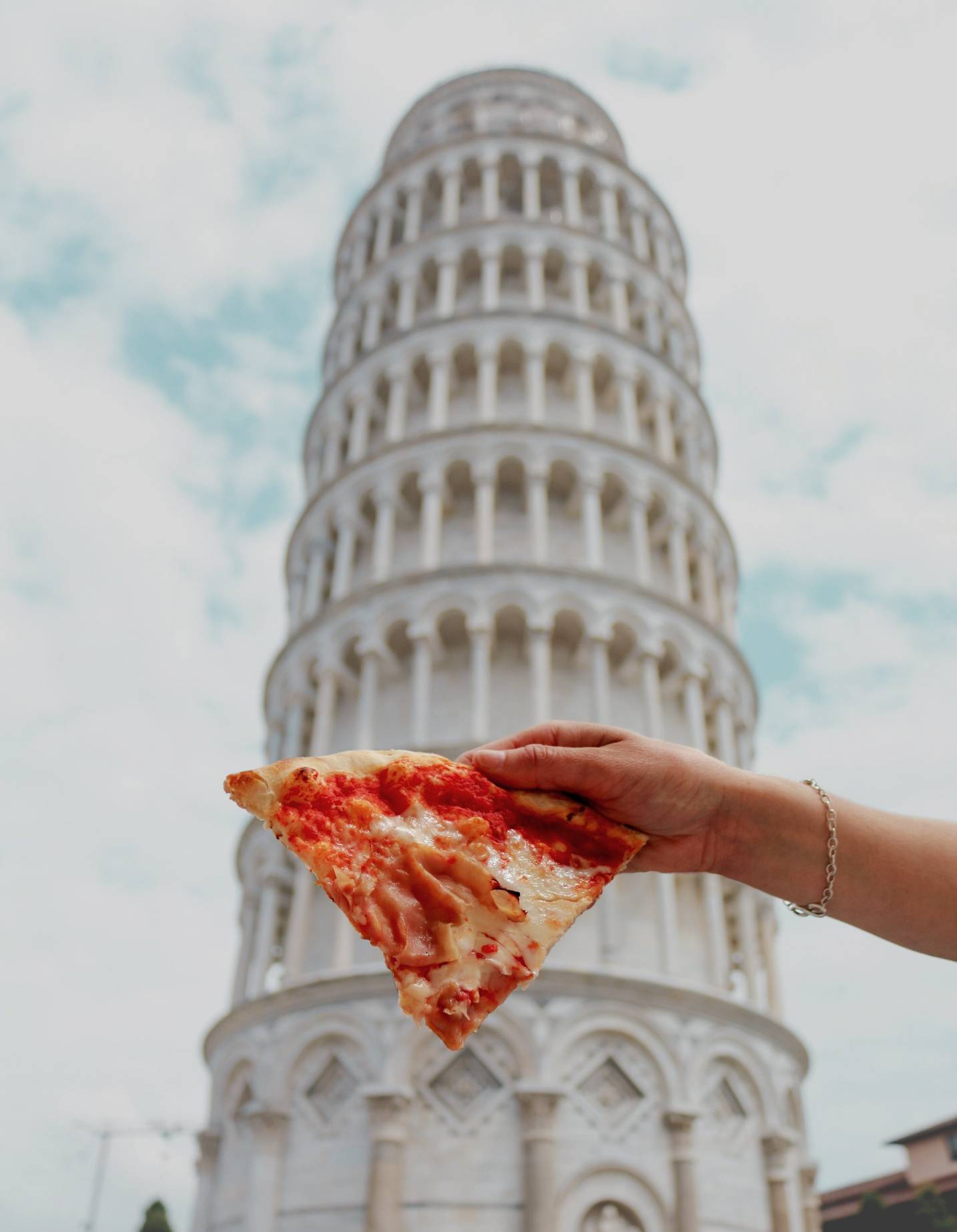
About the Leaning Tower
The Tower of Pisa, with its distinctive tilt, continues to intrigue and fascinate visitors from around the world. Here are some technical details about the tower.
What to see in
Piazza dei Miracoli in Pisa
In addition to the Tower of Pisa, the Piazza dei Miracoli is home to other architectural gems worth exploring. Visit the magnificent Duomo, the striking Baptistery and the Monumental Cemetery to complete your experience in the square.
Tickets for the Tower of Pisa
Visit the Leaning Tower of Pisa, one of the most famous and visited attractions in Italy.
To access the attraction, it is strongly recommended to book your ticket online.
Purchase online. Choose the time of your choice. Visit the Tower of Pisa, its bells and more.
You can cancel for free up to the day before the visit.
Frequently Asked Questions
Do you have questions about the Tower of Pisa? Check out our FAQ section for detailed answers to common questions, such as when the tower was built, who the architect is, why it is crooked, and more.
In 1173 construction of the Leaning Tower of Pisa began, and as early as 1178 the first structural failure occurred (at this stage the Tower was three stories complete). After that, in 1370 the tower is completed, with a 1.6-degree inclination. Due to a disastrous intervention by the architect Alessandro della Gherardesca, in 1838 the Tower starts tilting again, until it reaches its current slope of 4 degrees.
The Tower of Pisa is tilted because of the soil on which it was built. The soil is composed of a mix of sand, clay and silt, which is not stable enough to support the weight of the tower. Construction began in 1173 and already after a few years, during the construction of the third floor, the tower began to tilt. Attempts to correct the tilt during construction were unsuccessful, and the tower continued to lean until the present day.
The interior of the Tower of Pisa consists mainly of a spiral staircase with 294 steps leading to the top of the tower. There are no rooms or halls inside; the interior is hollow and serves mainly as a support for the staircase through which one accesses the bell tower that houses the 7 bells.
The Tower of Pisa weighs about 14,500 tons (14,500,000 kilograms).
The Leaning Tower of Pisa has eight floors: six floors of marble arches, a floor where the belfry is located, and the base.

